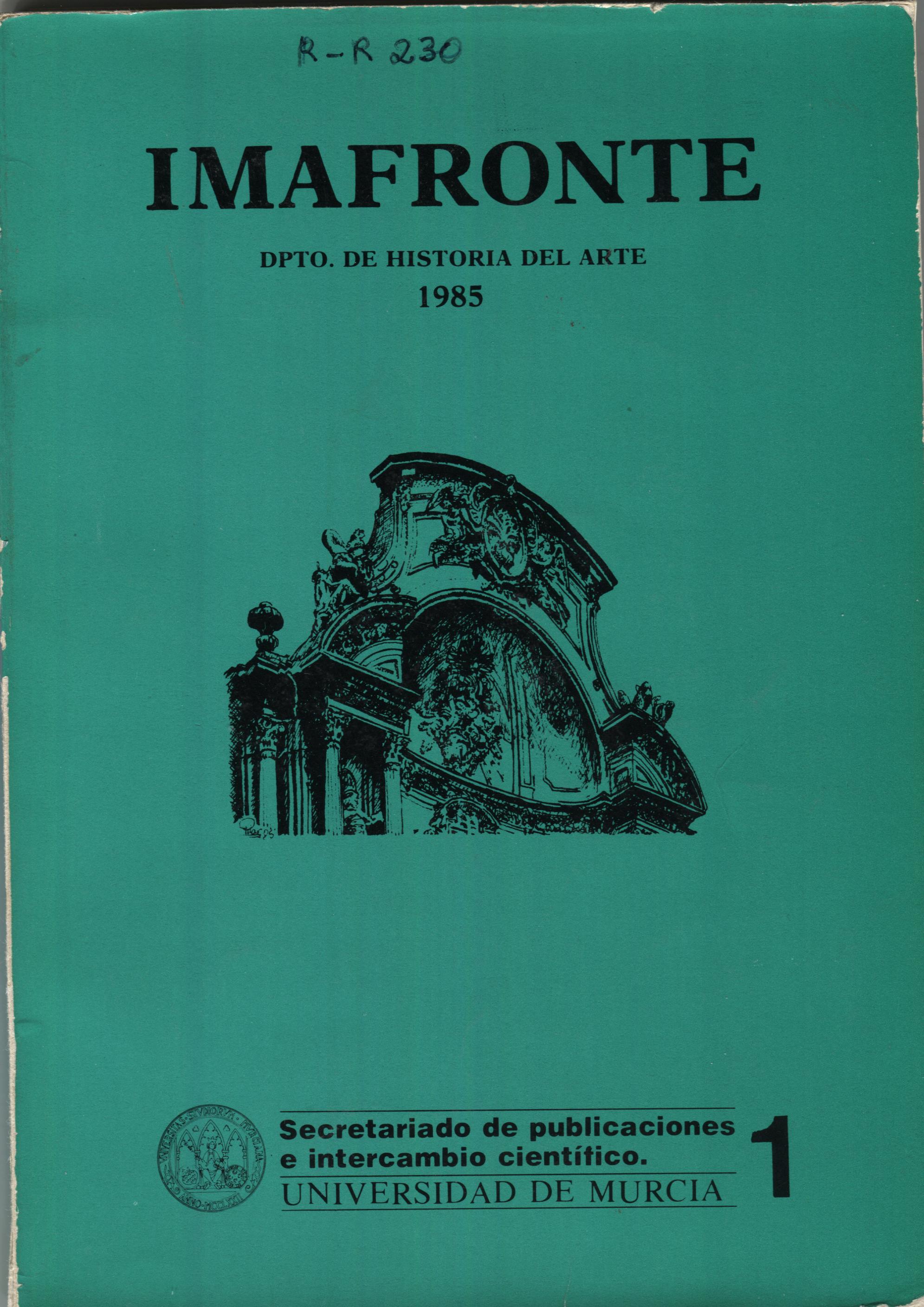SIBILAS VIRGILINAS EN EL RENACIMIENTO ESPAÑOL: LA SIBILA DE CUMAS DE EL SALVADOR DE ÚBEDA (JAÉN)
Resumen
Amongst the various different iconographic studies that have been made of the Spanish Renaissance period, one of the most noteworthy is that of the Sibyl, linking up with traditions that date all the way back to the very beginnings of Christianity. The humanist discovery, of the Sibyl involves the learned recovery of an enigmatic figure with which an attempt was made to symbolize the perfect harmonization of classical religion with Christian tradition. Within the Corpus of Sibyls, the perfect element of the union symbolized in Ficino's docta religio, the Sibyl of Cumas of the church of Salvador de Ubeda constitutes the crux of this investigation due to its special significance. We are dealing with a previously unheard of interpretation of the figures that crown the upper part of the doorway (the workmanship of Andrés de Vandelvira) of the above mentioned church, based on the inscriptions thereon which clearly exemplify this new identification. The presence of the emperor Augustus together with the Sibyl, worshopping a Deipar, ties in with both representational medieval tradition (Speculum Humanae Salvationis)and with the prophetic nature of Virgilis IV Eclogue. The possibility of identifying the Octavius of Ubeda as a new version of Carlos V (the monument is the workmanship of his Secretary, Francisco de los Cobos) presents itseif as an unknown factor in the realms of the new iconographic interpretation of the set of inscriptions.Descargas
-
Resumen408
-
PDF298
Las obras que se publican en esta revista están sujetas a los siguientes términos:
1. Los autores ceden de forma no exclusiva a la revista los derechos de explotación (reproducción, distribución, comunicación y transformación).
2. Las obras que se publican en esta revista están sujetas a la licencia Attribution-ShareAlike 4.0 International (CC By SA 4.0). Por lo que se pueden copiar, usar, difundir, transmitir y exponer públicamente, siempre que:
i) se cite la autoría y la fuente original de su publicación (revista, editorial y URL de la obra), permitiendo así su reconocimiento.
ii) se permite remezclar, transfromar o crear a partir del material mientras se mantenga la misma licencia del original.
3. Condiciones de auto-archivo. Se permite y se anima a los autores a difundir electrónicamente las versiones pre-print (versión antes de ser evaluada) y/o post-print (versión evaluada y aceptada para su publicación) de sus obras antes de su publicación, ya que favorece su circulación y difusión más temprana y con ello un posible aumento en su citación y alcance entre la comunidad académica. Color RoMEO: verde.
























